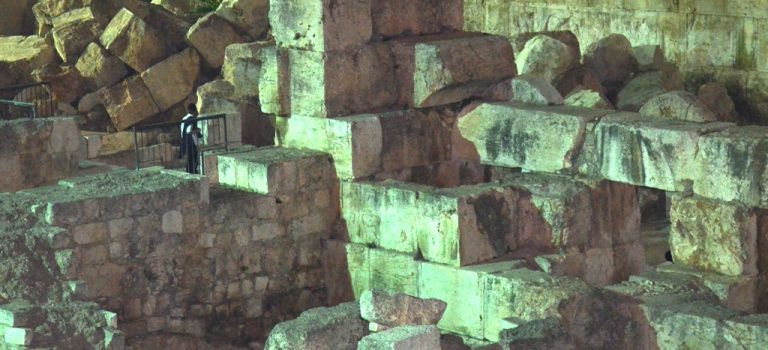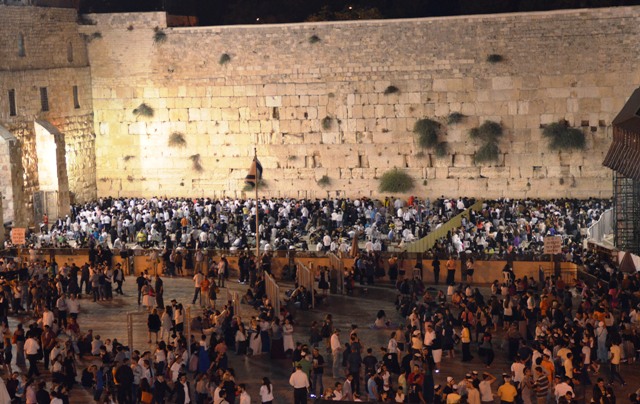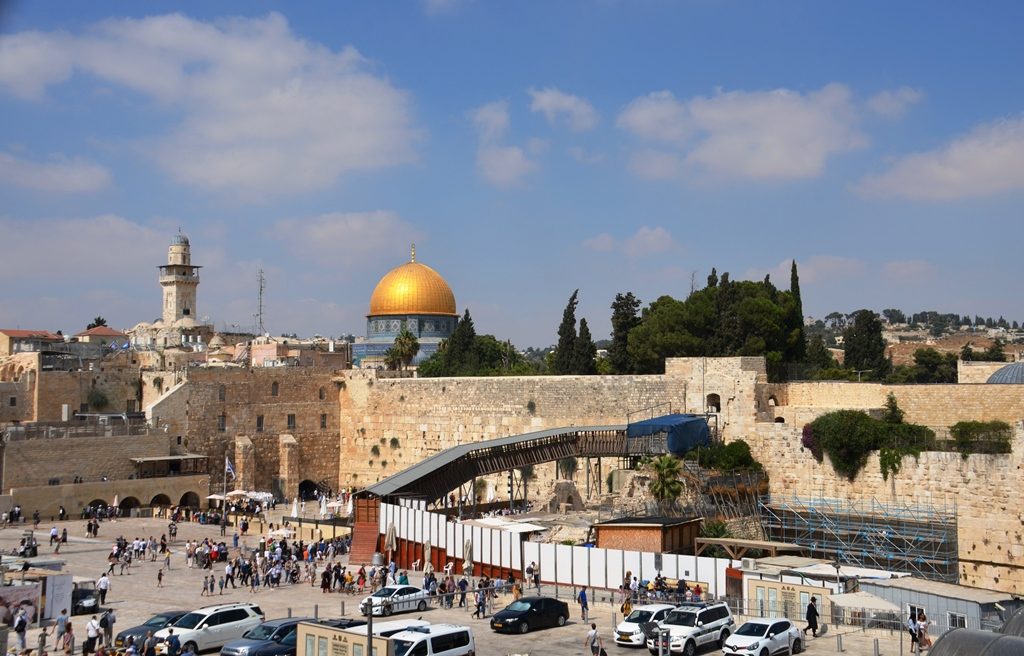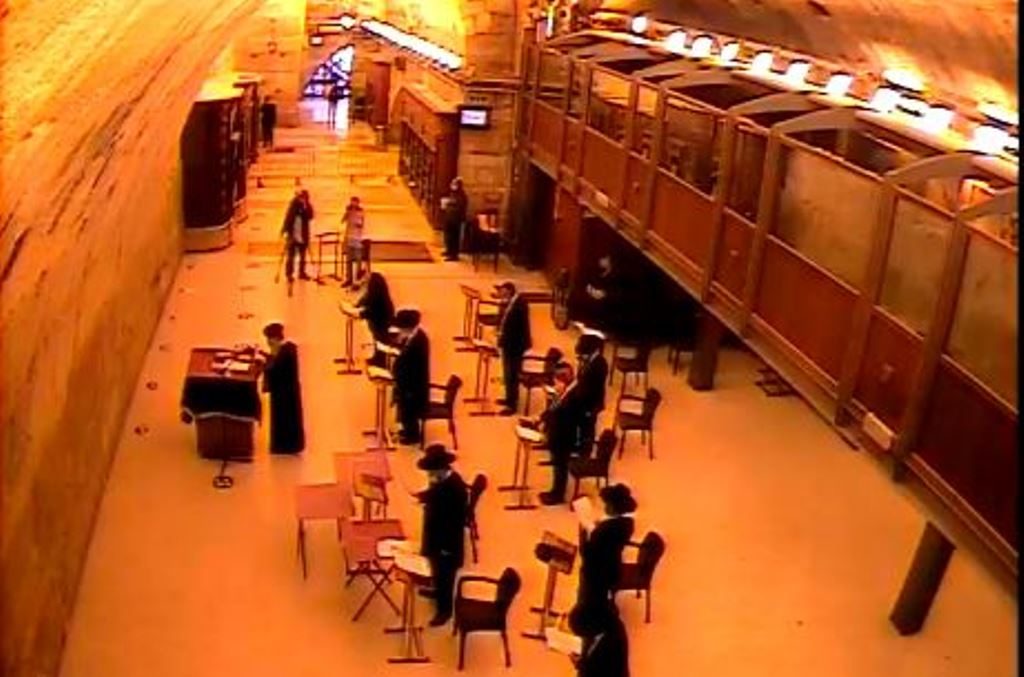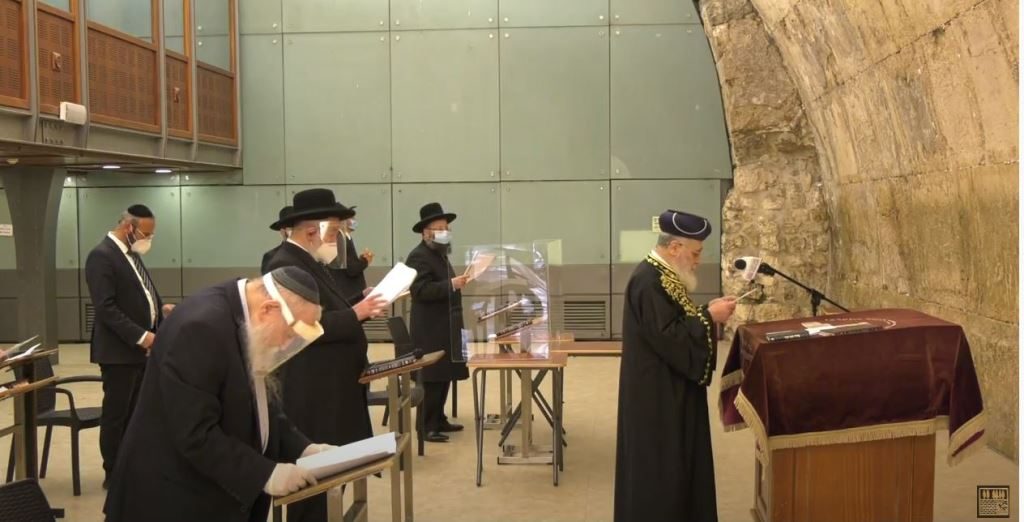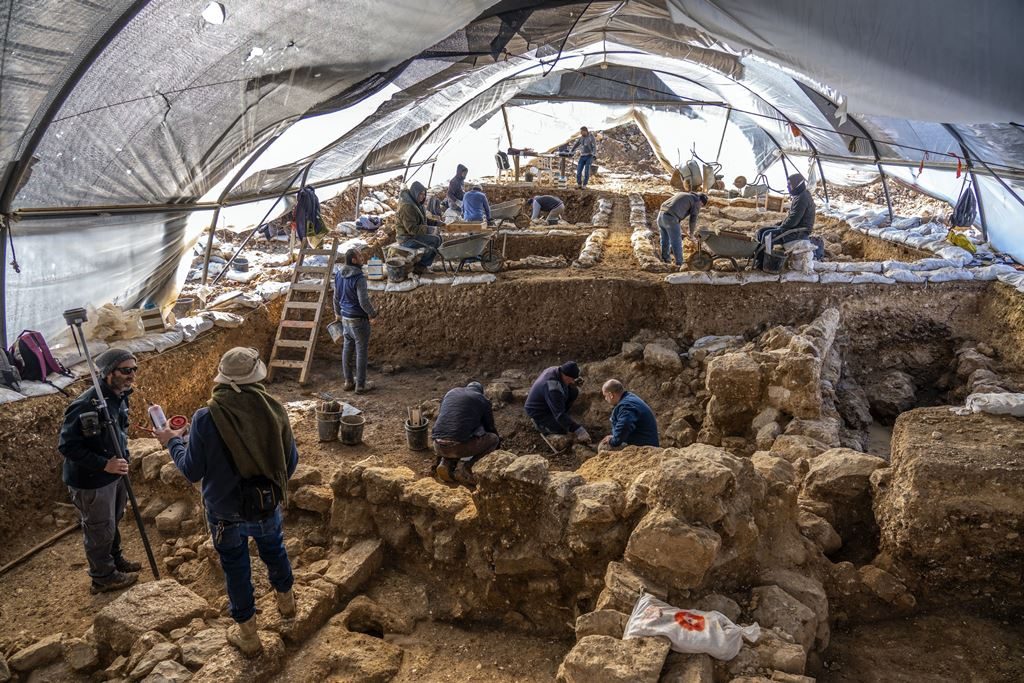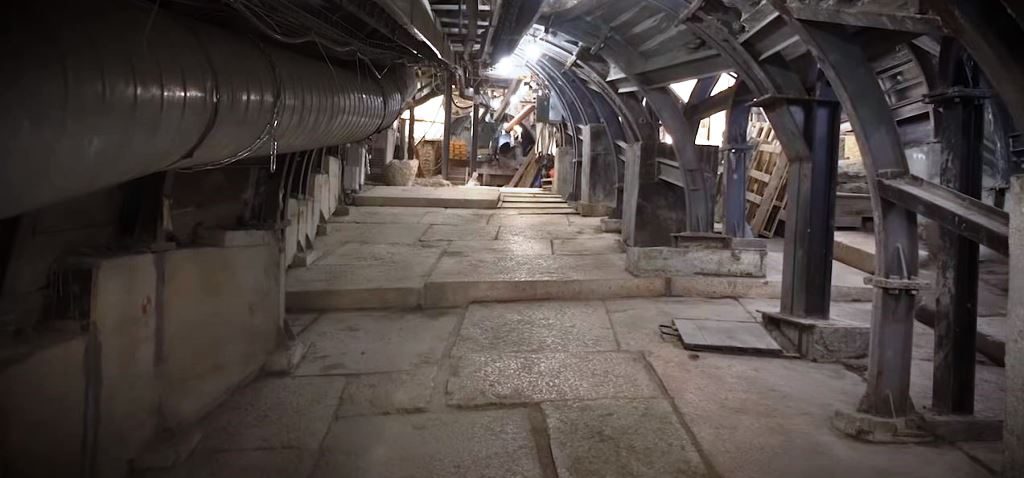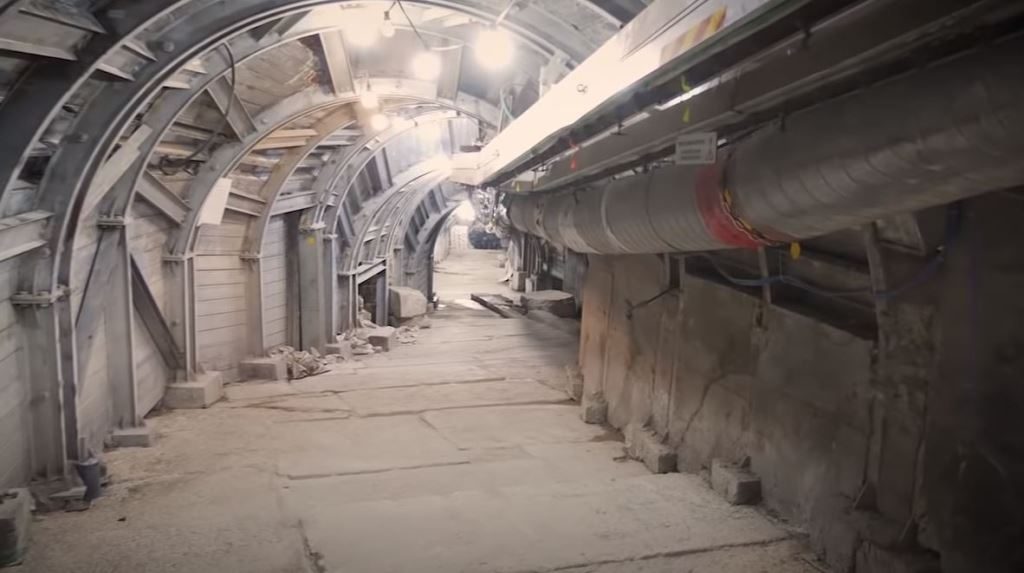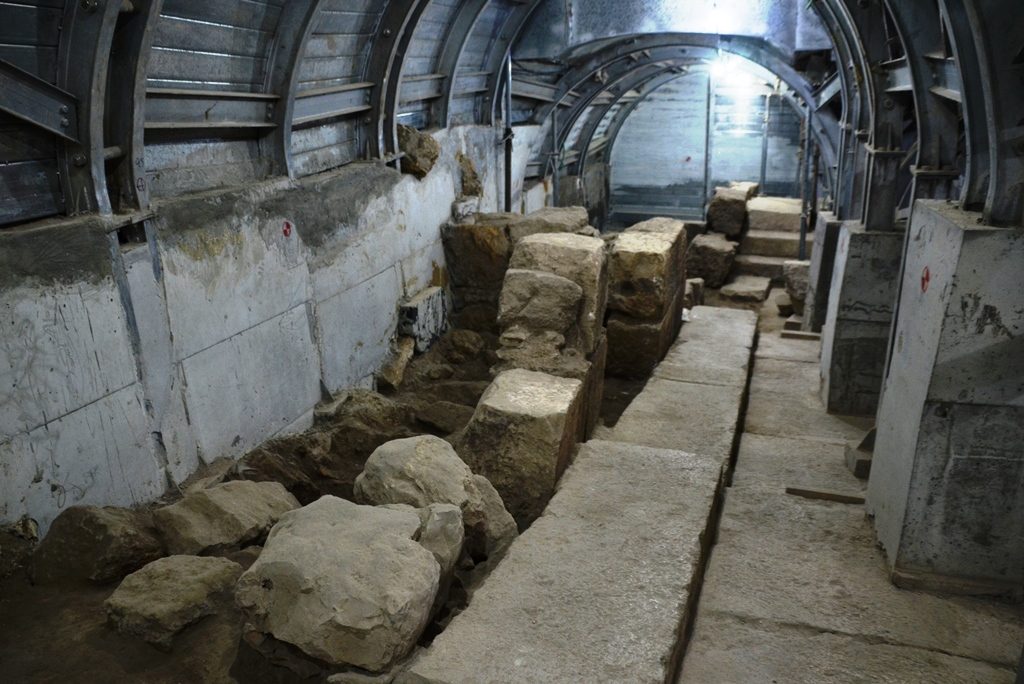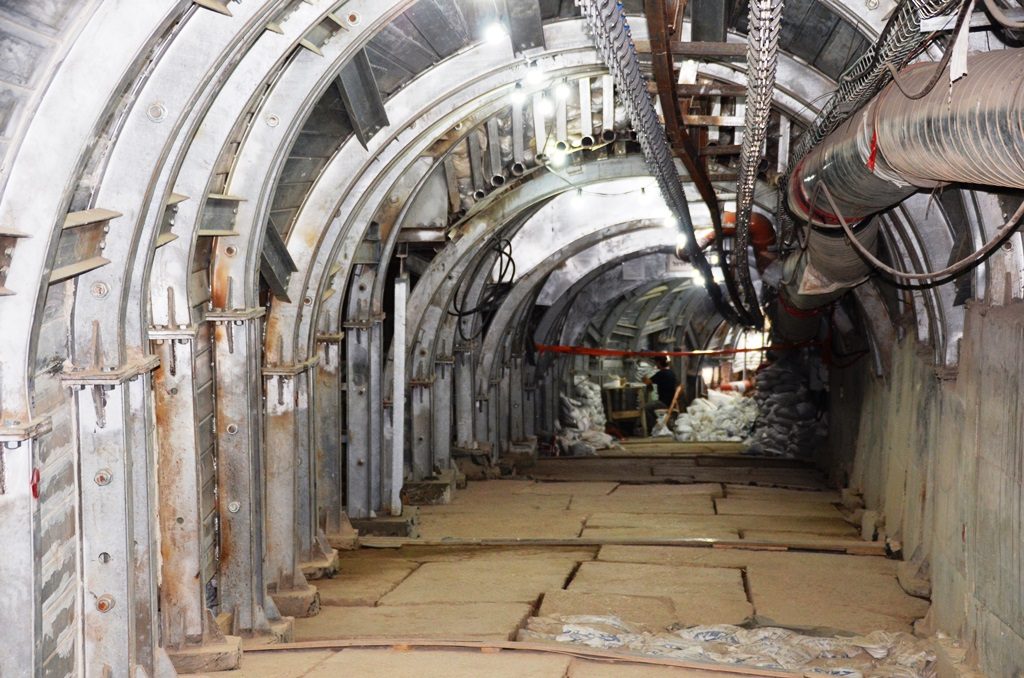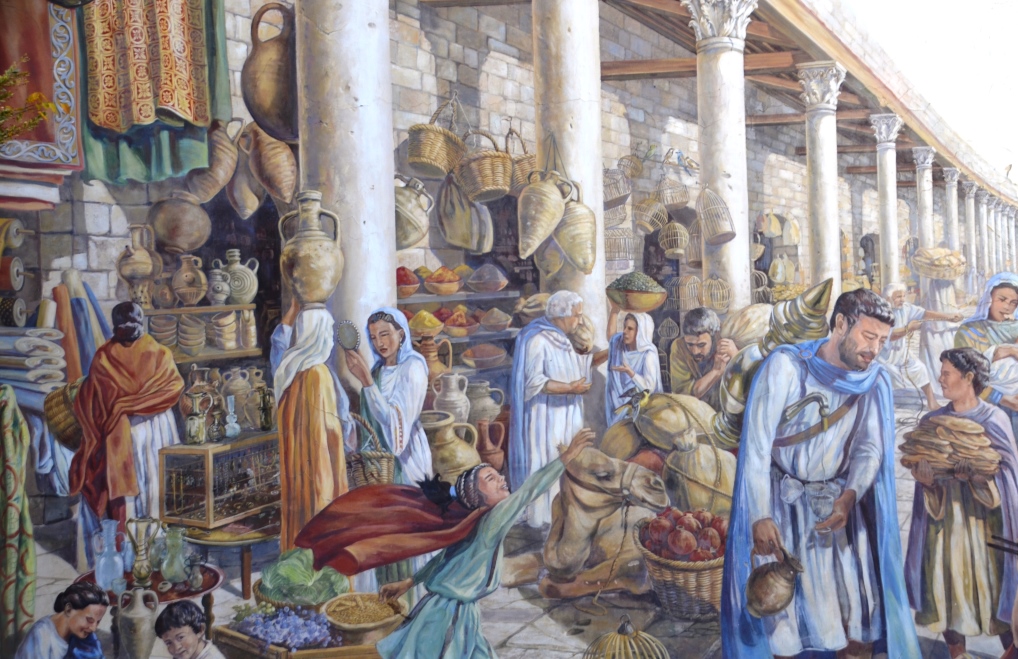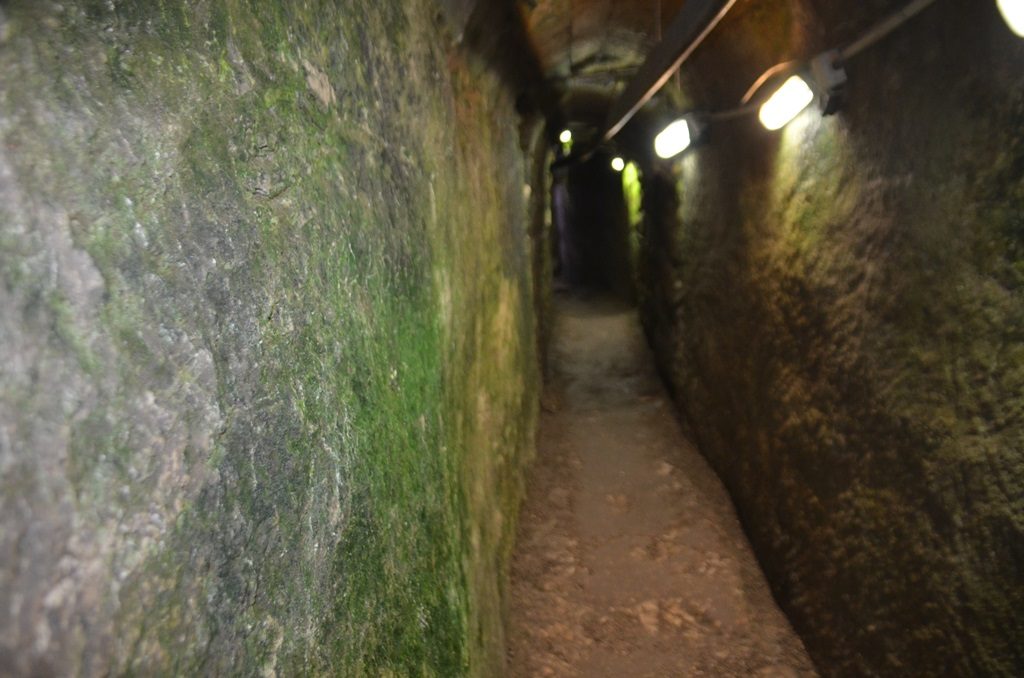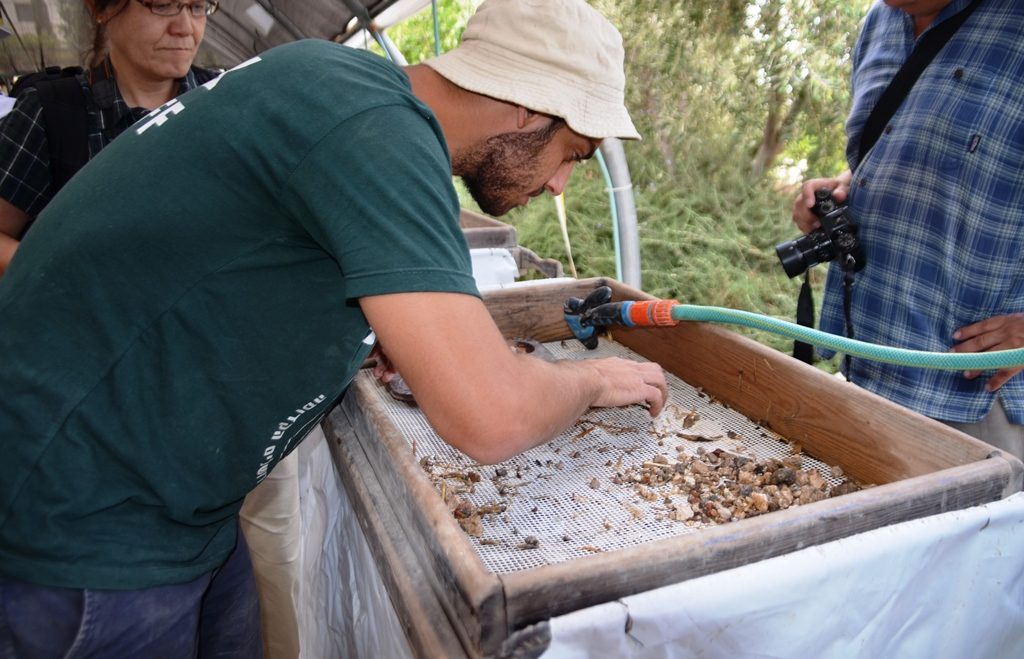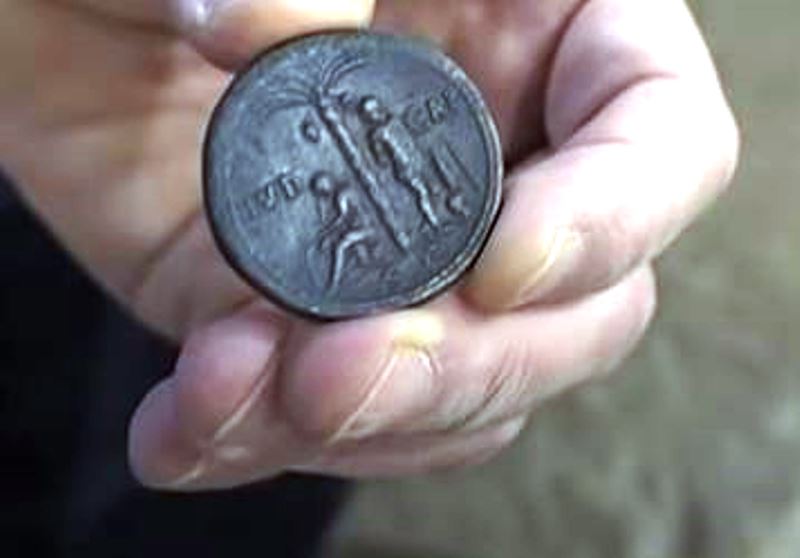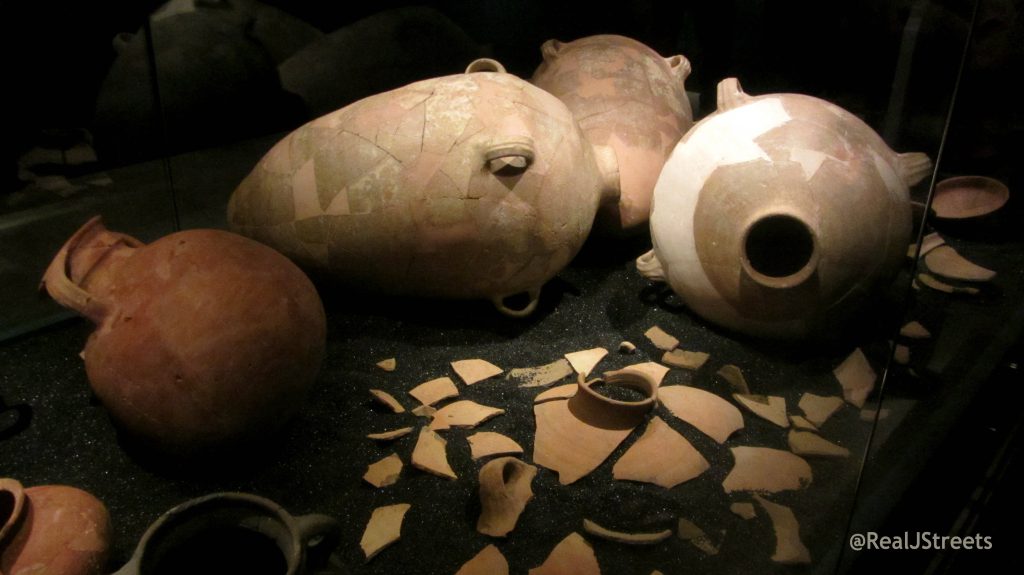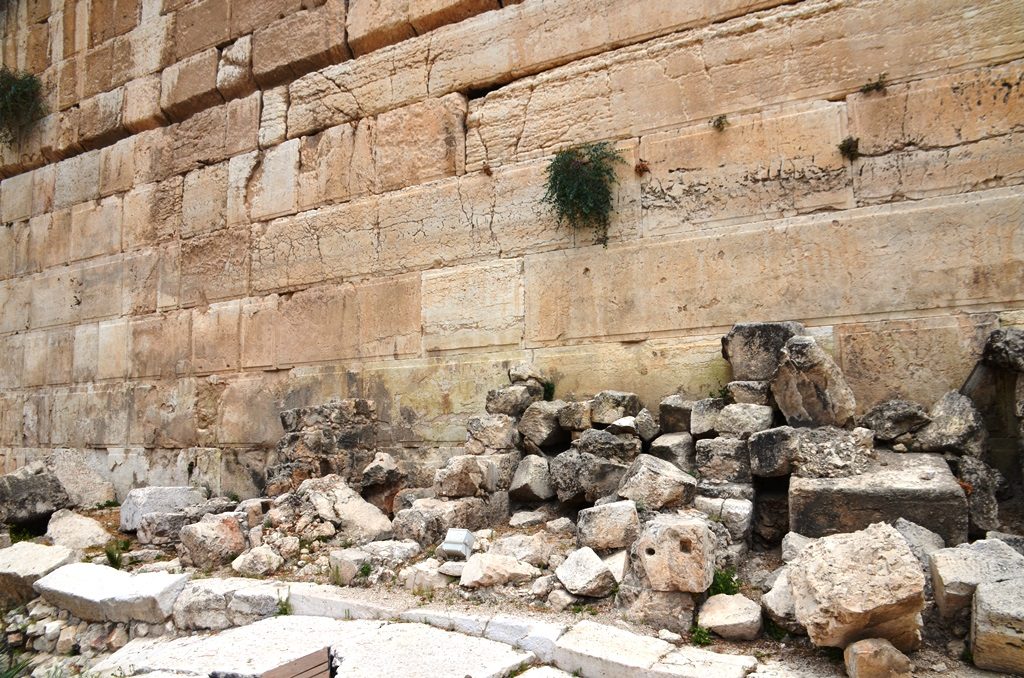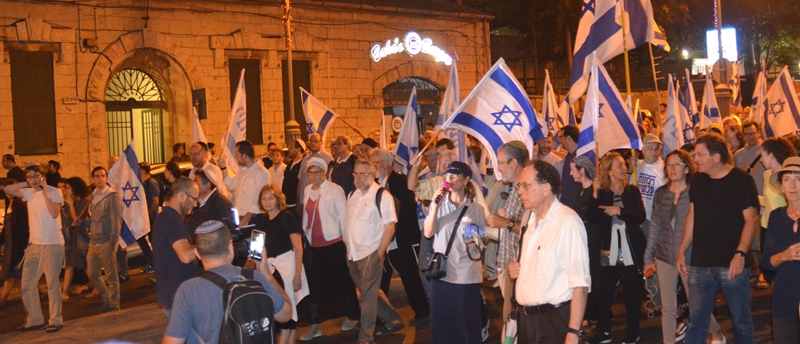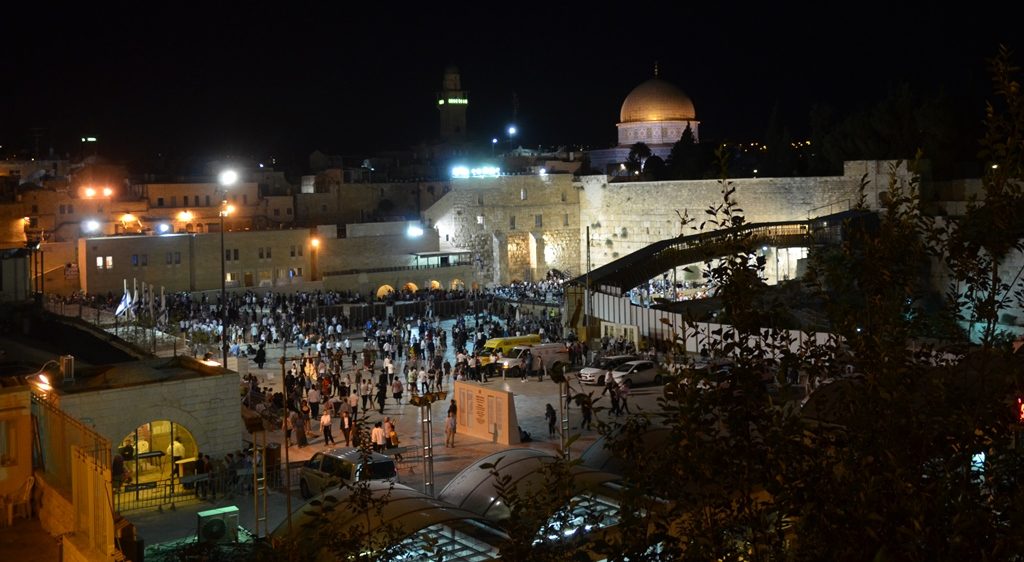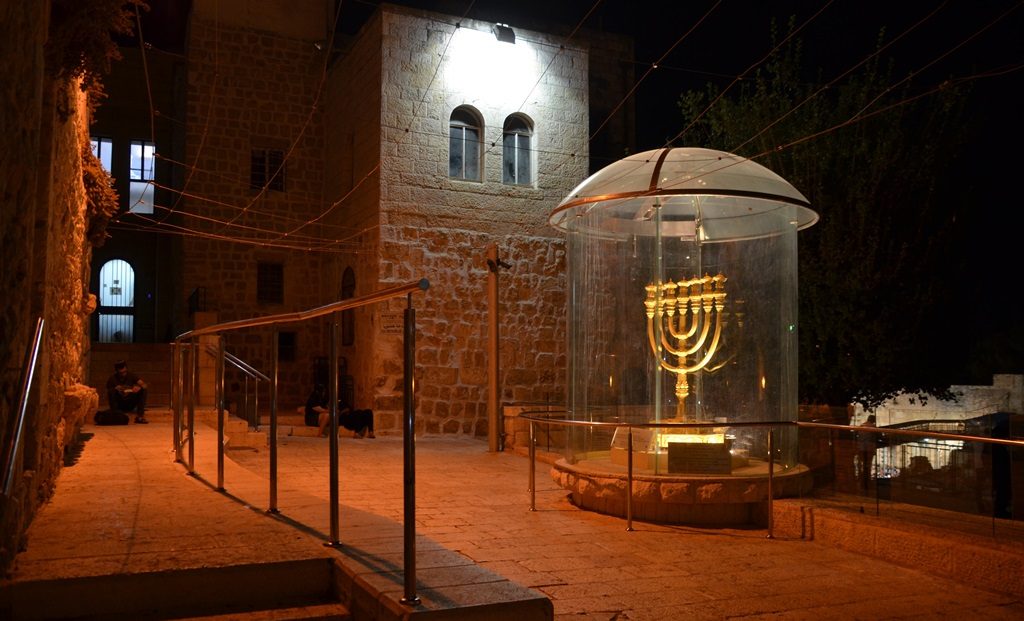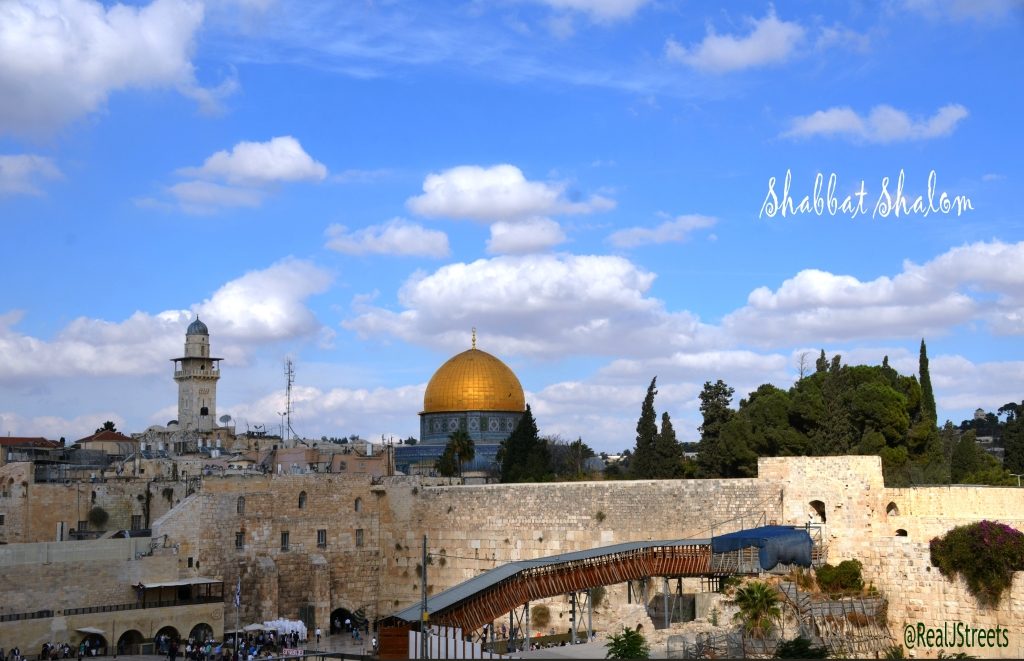In the middle of a conflict, later called the Second Lebanon War, I made aliyah and moved to Jerusalem, Israel.
I accompanied missions to southern Israel during multiple “operations.” We watched early Iron Dome successes over our heads at a rest stop café. From our van (buses were too big to exit in time) we ran to a ditch during a red alert. Crowded into a family’s bomb shelter in a border community during one warning siren, the mother could tell where the rocket landed by the sound. The bomb shelter was her children’s bedroom, they had never known another existence.
I used to really get around. Israel is really not so big.
There were northern border excursions during “heightened” alerts.
In an Arab town with Yassir Arafat and Abu Mazen photos looking down at me, I sat and listened to a woman’s land ownership story go unchallenged. For sure, I was very careful to stay with the group that time.
Even during the “stabbing intifada” I was out on the Jerusalem streets.
And then came along the microscopic novel coronavirus and I stayed home.
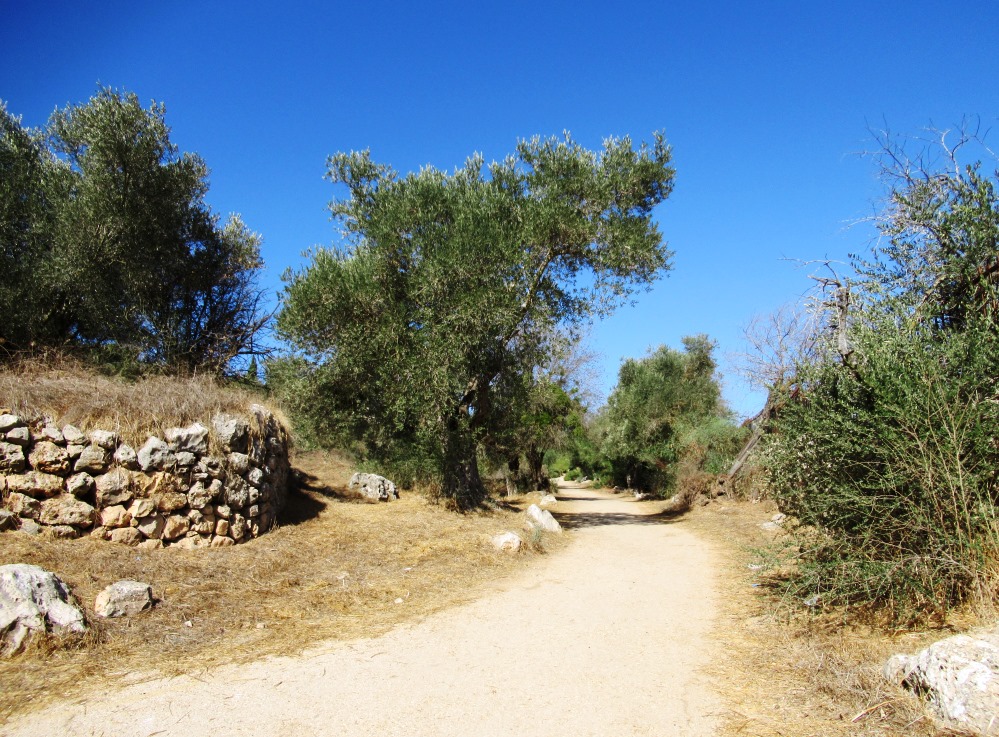
Finally, and for many weeks my morning walk was aimed to avoid people.
As the end of the second lockdown came to an end, I decided it was time to get out again and see what was really happening on the Jerusalem streets.
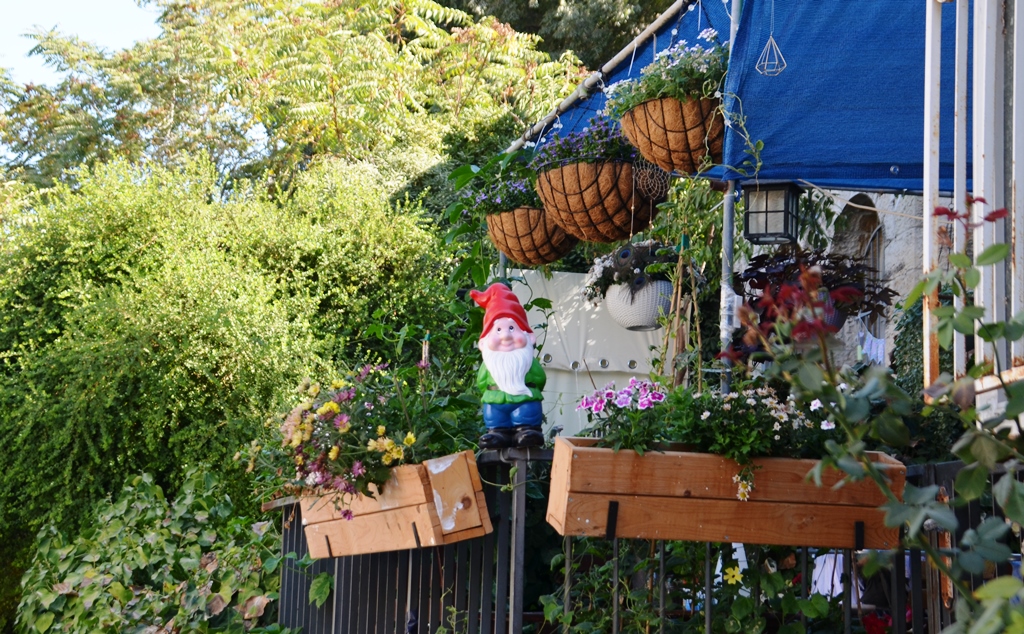
Some people used the time at home to improve their front porch gardens.
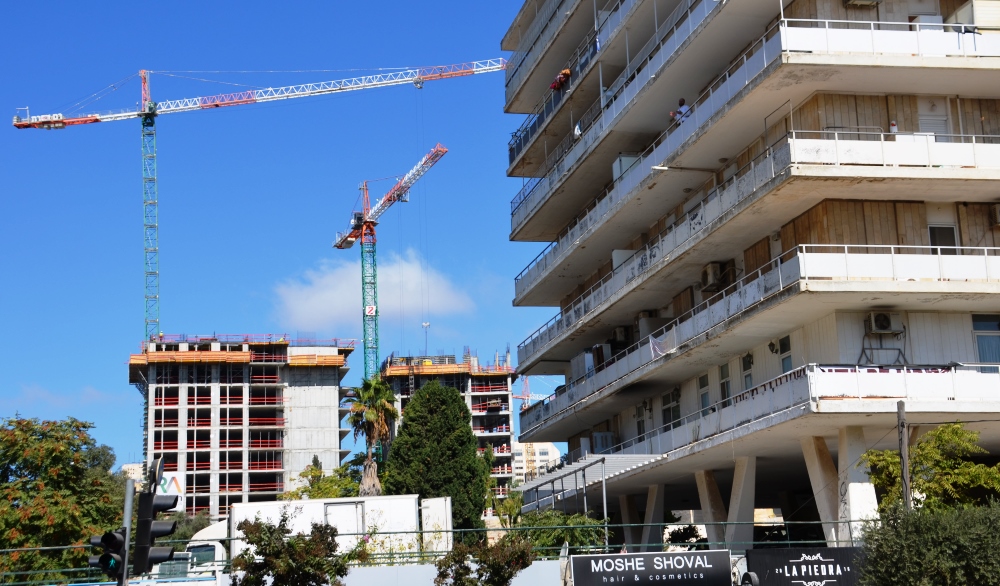
The building construction was so overwhelming, it requires a post of its own in the future. As you can see, there was no ban on building construction.
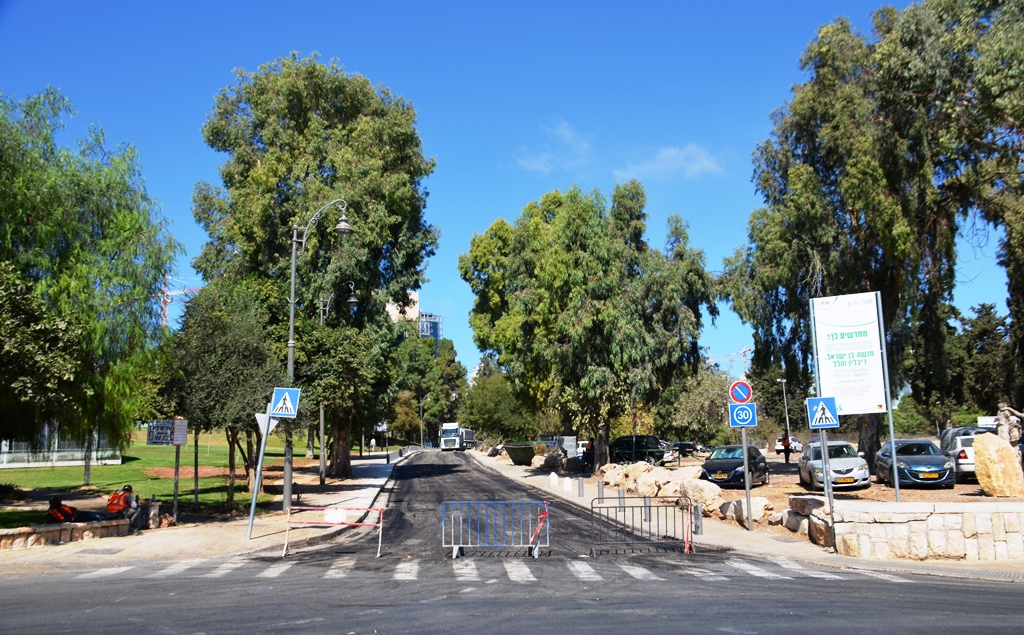
With less cars on the roads, road work closed and changed many streets.
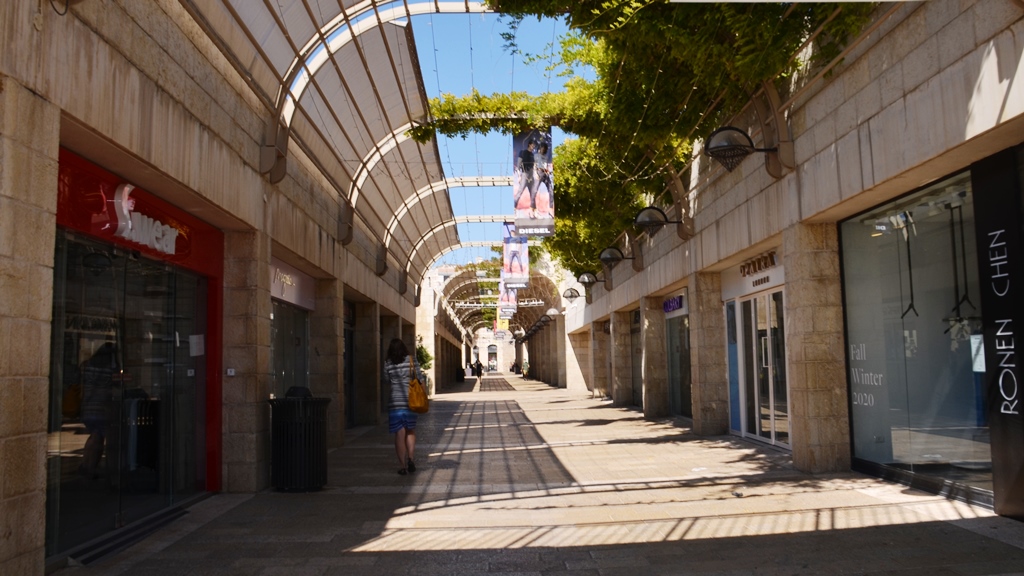
Shops in Jerusalem’s Mamilla Mall were closed during the lockdown.
The end of February was the last time I had gone to the Old City.
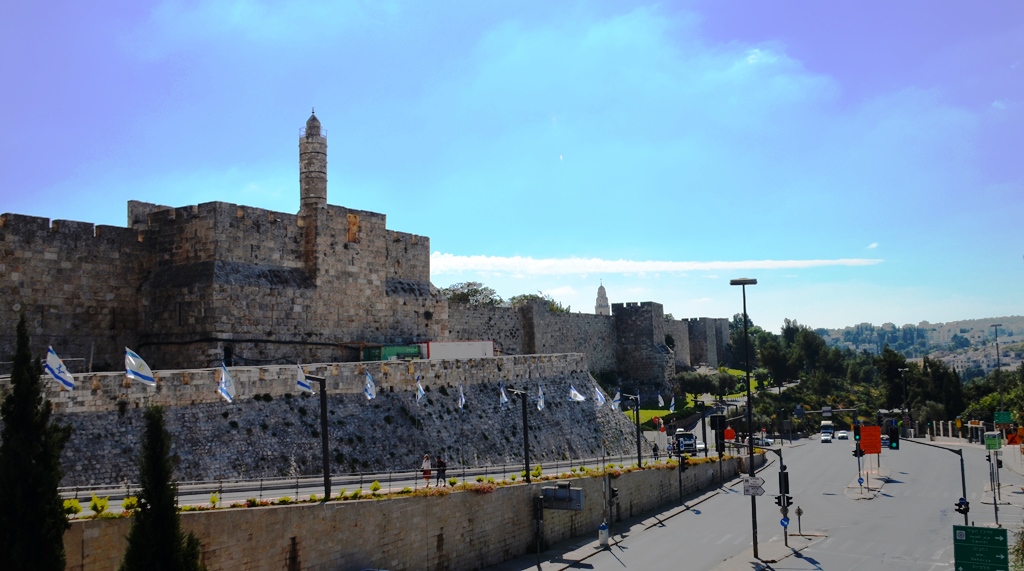
Usually, this area outside of the Old City near Jaffa Gate is filled with traffic, day or night. Not during this lockdown.
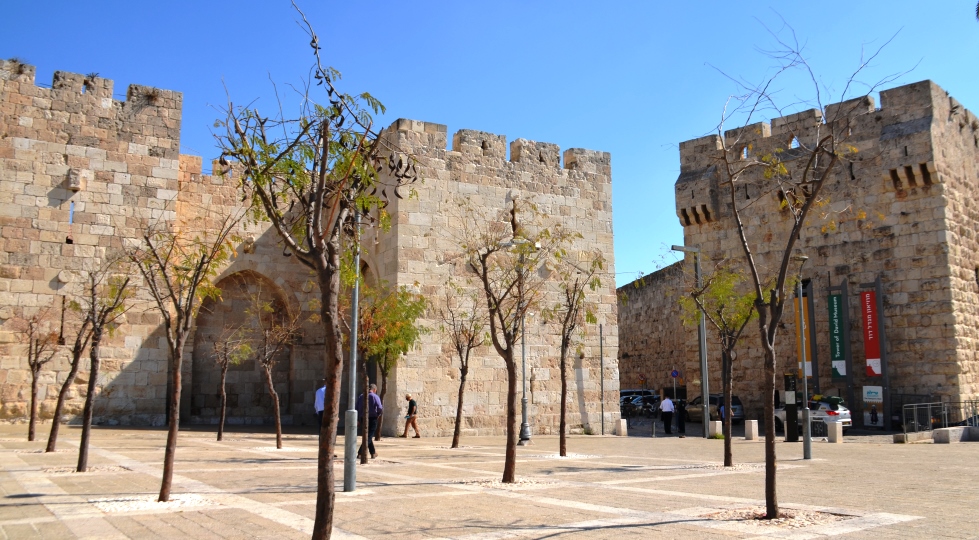
Usually, this area outside of Jaffa Gate, is filled with people.
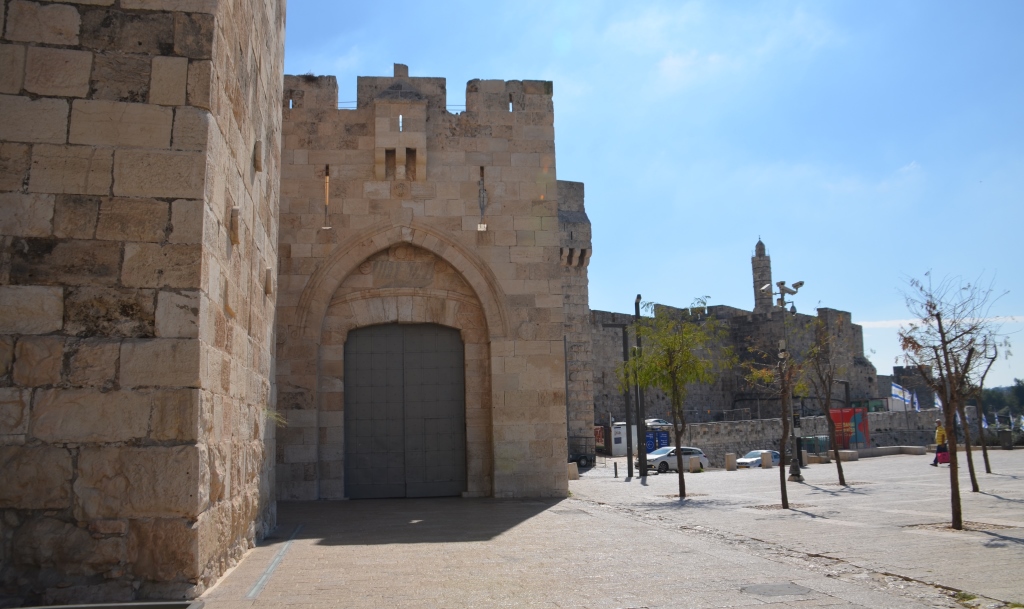
Jaffa Gate was closed, as it was during the first lockdown.
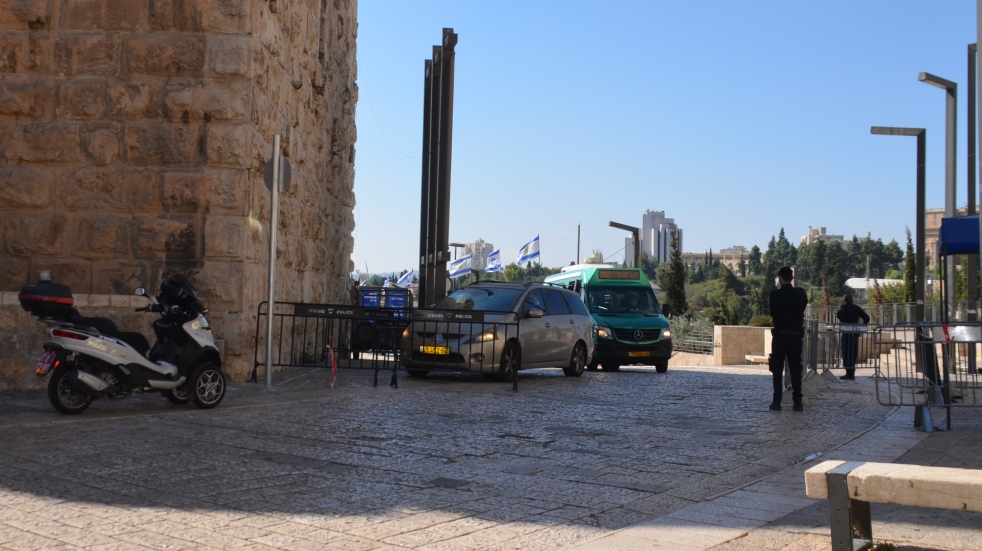
Security was posted at the entrance, checking vehicles and pedestrians.
I had to show my press pass to enter. There was security at all gates. With the one-kilometer distance restriction, only residents were allowed to enter.
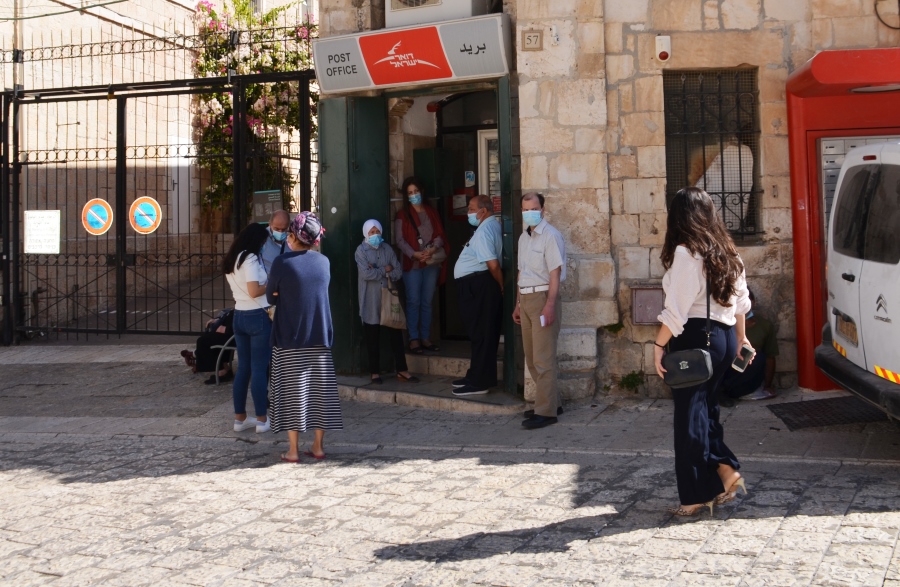
The only crowd I saw was waiting outside the Old City post office.
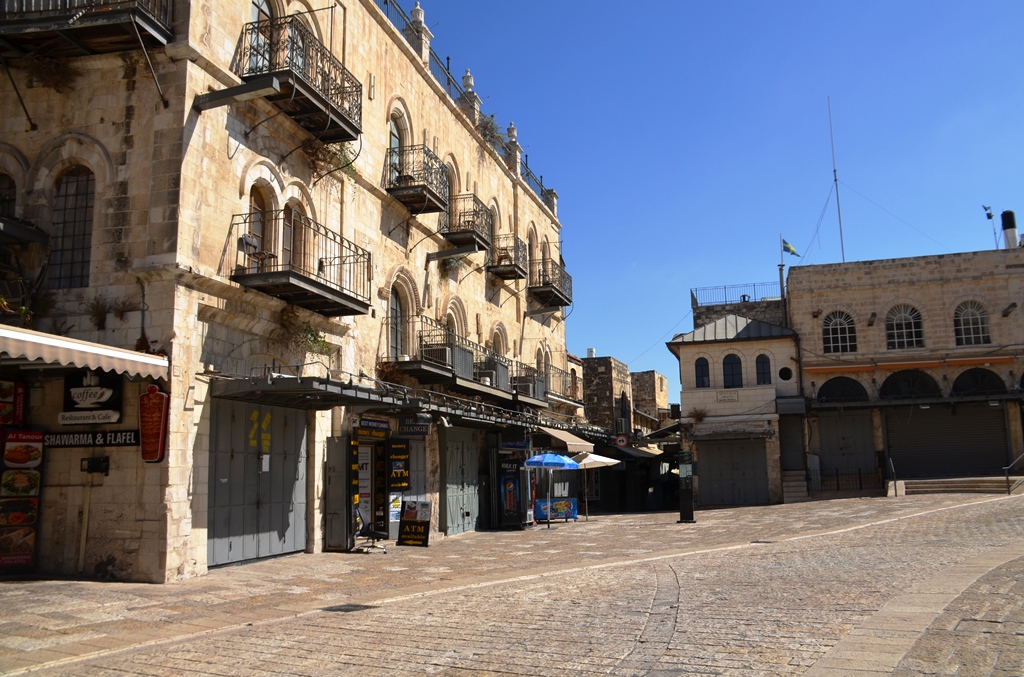
The stores inside Jaffa Gate were closed, as they have been for weeks. The tourism business has been extremely hurt for months.
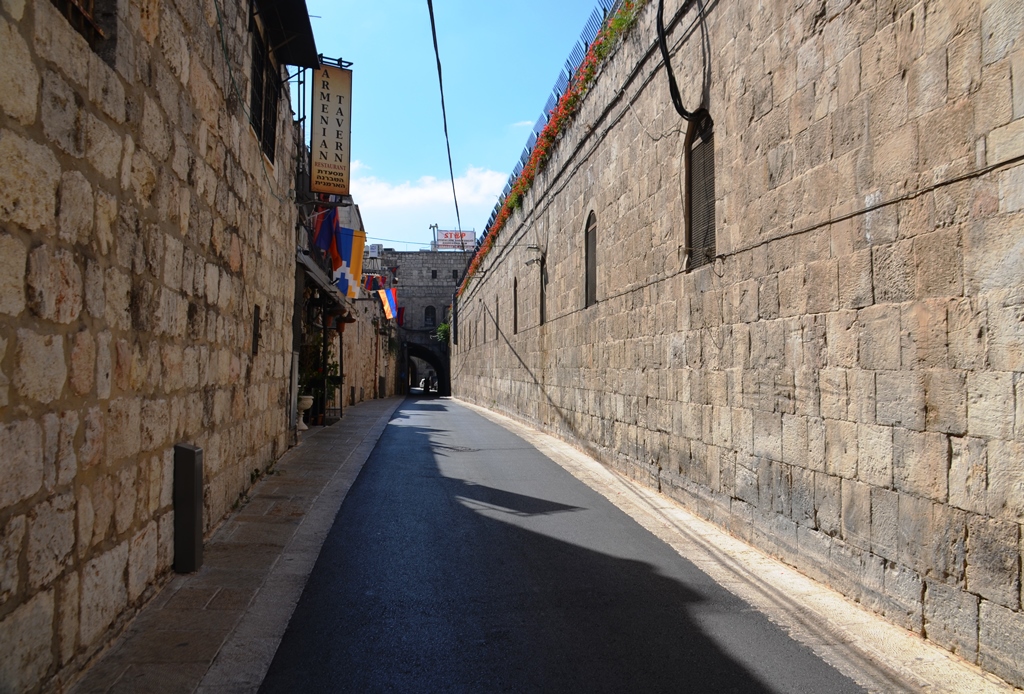
The Armenian way had more flags than usual, but what was a very busy road in the past, with people and cars, day and night, was mostly empty.
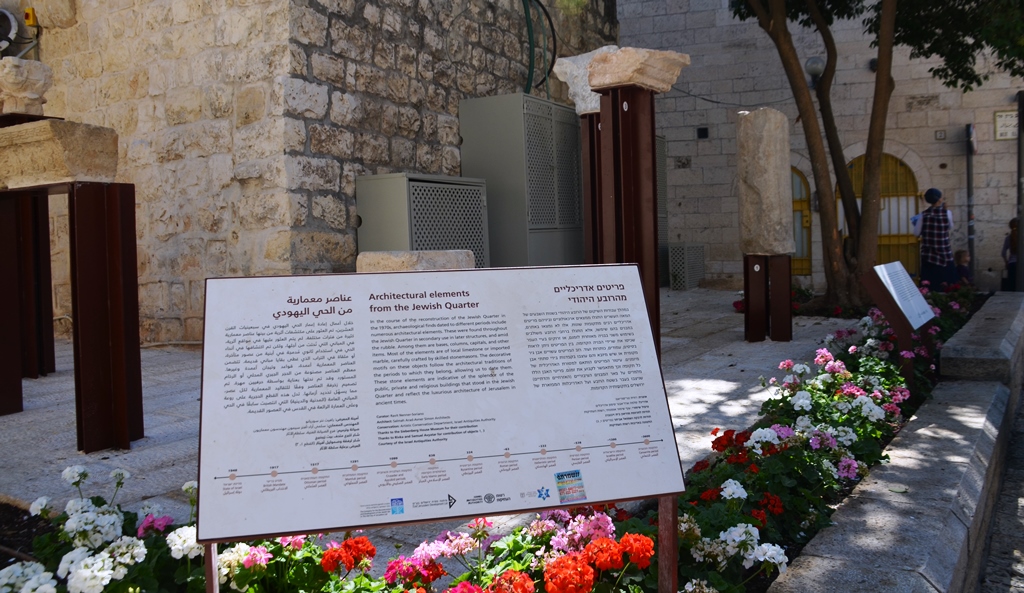
There is a new archeological stop in the Rova HaYehudi, Jewish Quarter, but no visitors to learn the stories of these ancient finds.
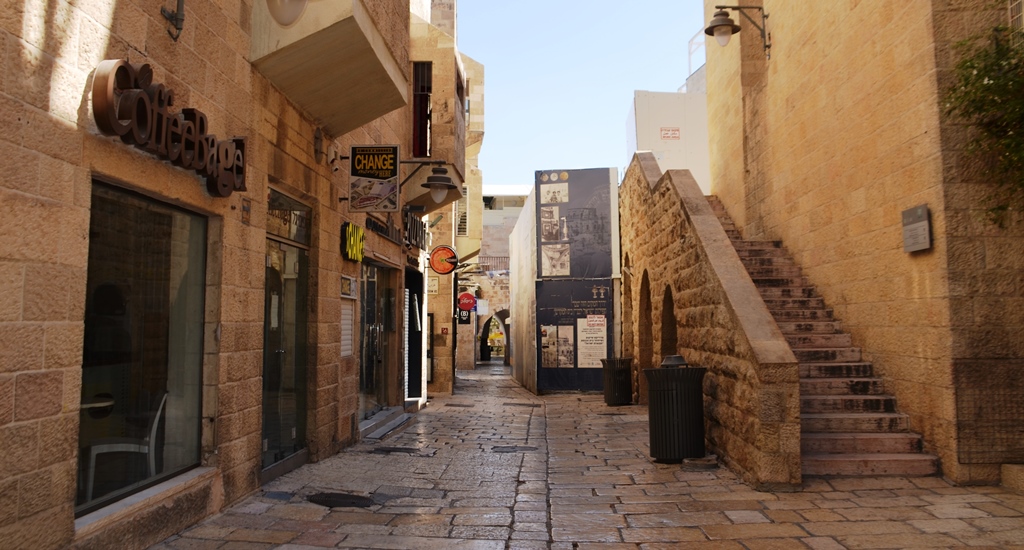
A couple of the food places in the Jewish Quarter had take out prepared food, but no sit-down dinners or the usual walking noshers in sight.
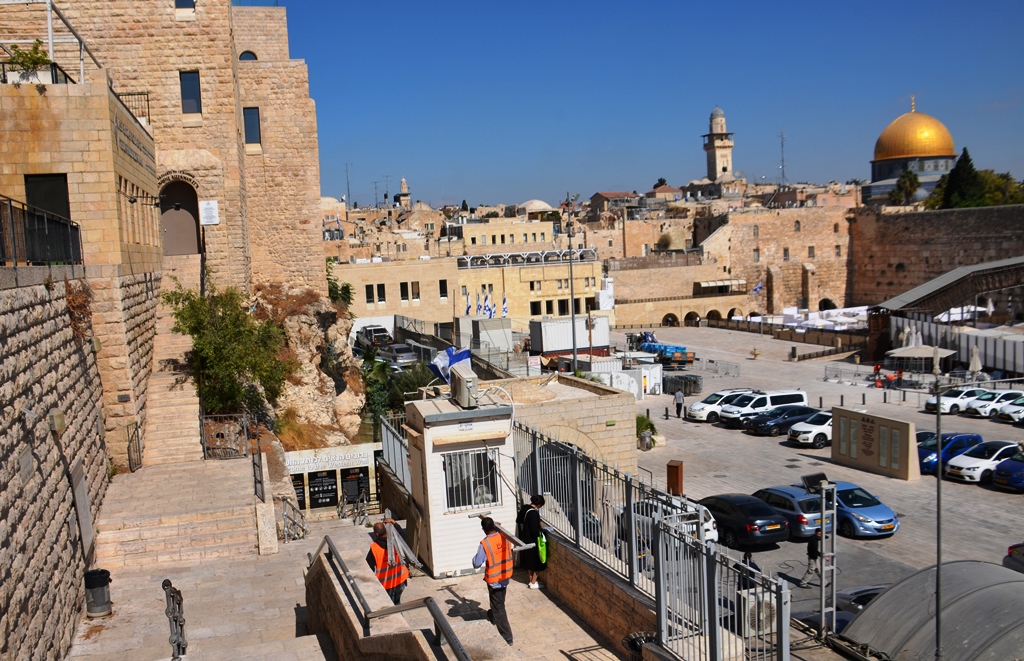
There were more construction workers than worshipers near the Kotel, Western Wall. Construction of the new elevator is finally moving along.
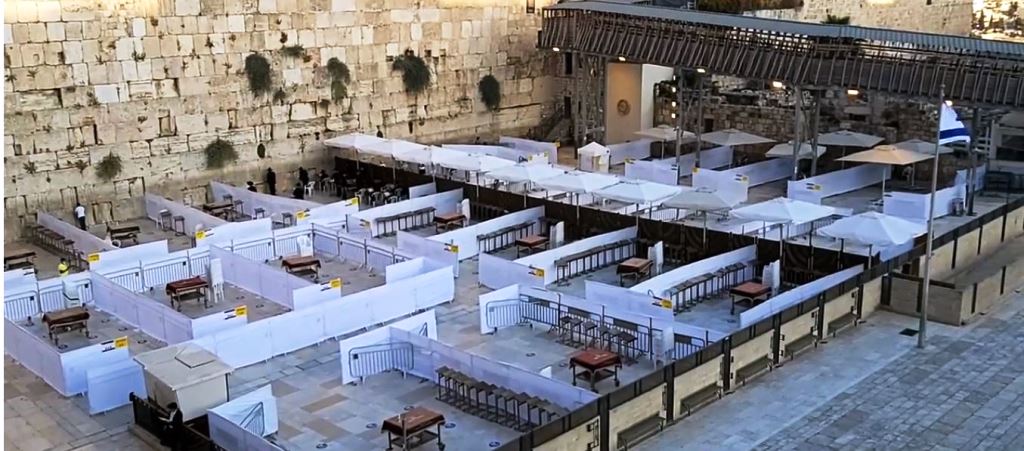
The 1-kilometer distance regulation was enforced with more security by the Kotel. Showing my press pass was not enough, the guard wanted me to get close and hand it over for inspection.
I decided not enter the empty plaza to get to the partitioned area.
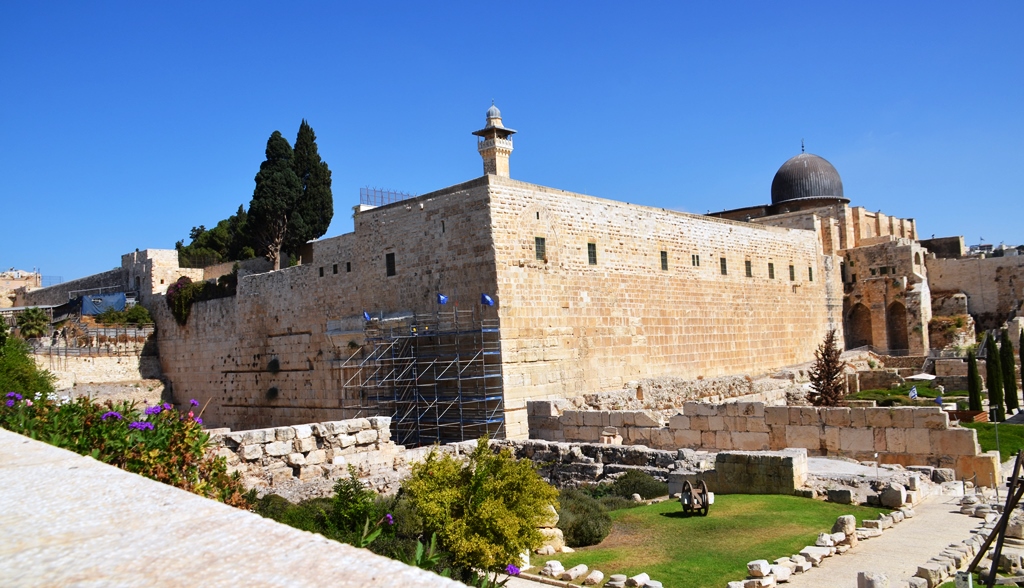
Two workers were on the scaffolding doing repair work along the Western Wall near the Southern Wall. More on that later also.
Jerusalem’s usually vibrant Old City was locked down and quiet.
What a contrast to the the traffic on other Jerusalem streets last week.
The sounds of traffic could be heard as the sun rose this morning, October 18, as some restrictions were lifted. The idea is to open slowly to avoid the increase in coronavirus cases as happened after the last COVID-19 lockdown.
This morning the family Whatsapp had the smiling faces of the under 6-year-olds off to gan, nursery school for the first time – again – this year.
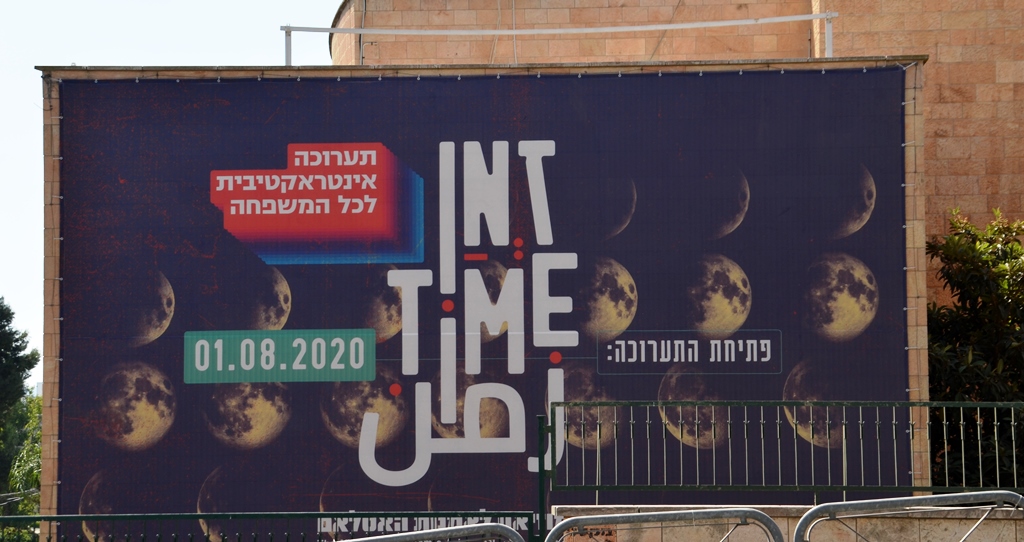
The “Time” exhibit opened at the Islamic Museum in August.
What a time it has been! This most unusual holiday season is over.
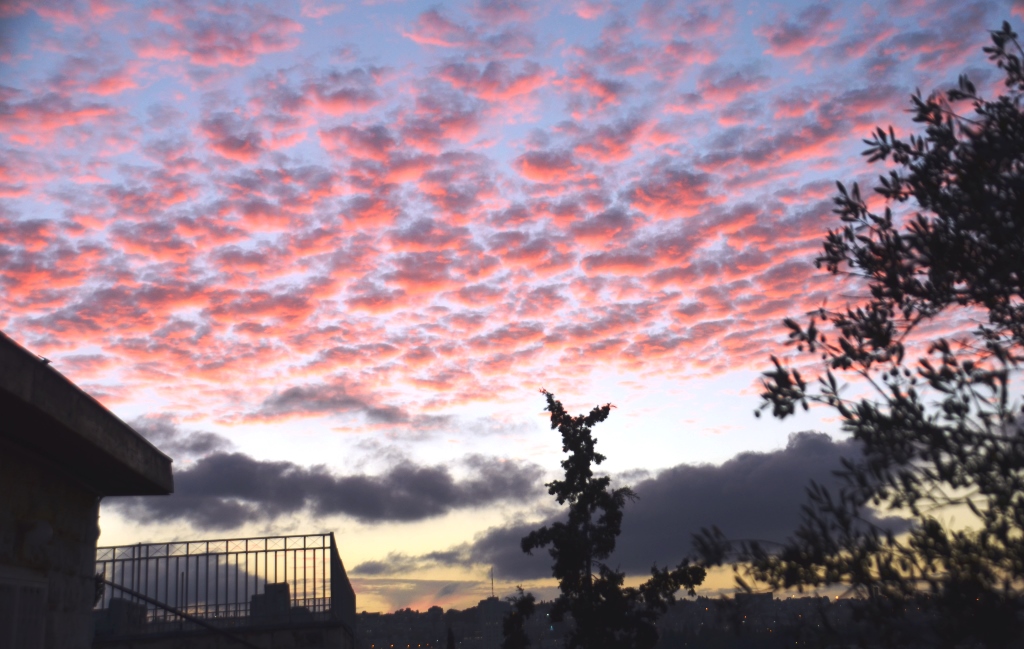
Despite these crazy times of political and health uncertainty, the sunsets last week were colorful spectacles.
Nature, the sun and moon, the seasons changed as usual, despite the pandemic.
Another day, I also walked into town for the first time in months – but will save those lockdown photographs for next time.

This image from Yoel Salomon Street of the hanging umbrellas overhead waiting for the summer tourists who never arrived, was popular on social media as a Shabbat Shalom greeting.
So I thought to use it again for a new greeting of Chodesh Tov.
The new Hebrew month of Marcheshvan is here.
May it be a good month and good year for all.
Stay safe and well!
